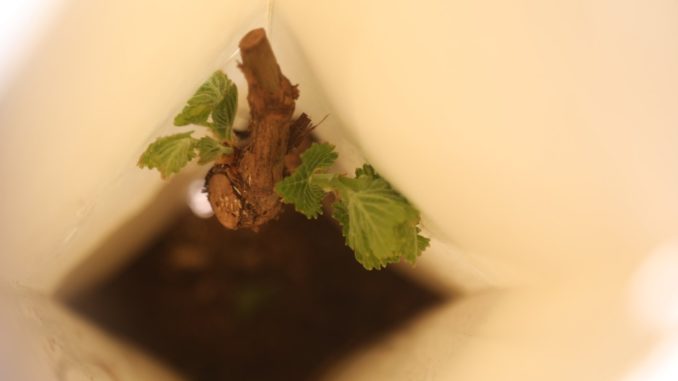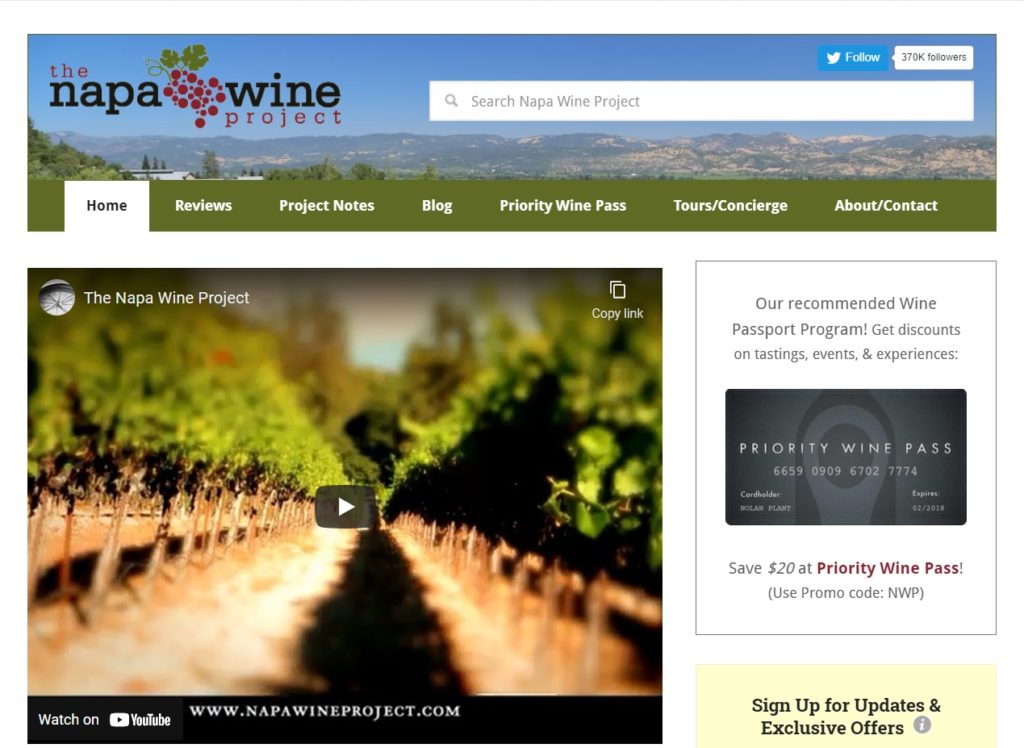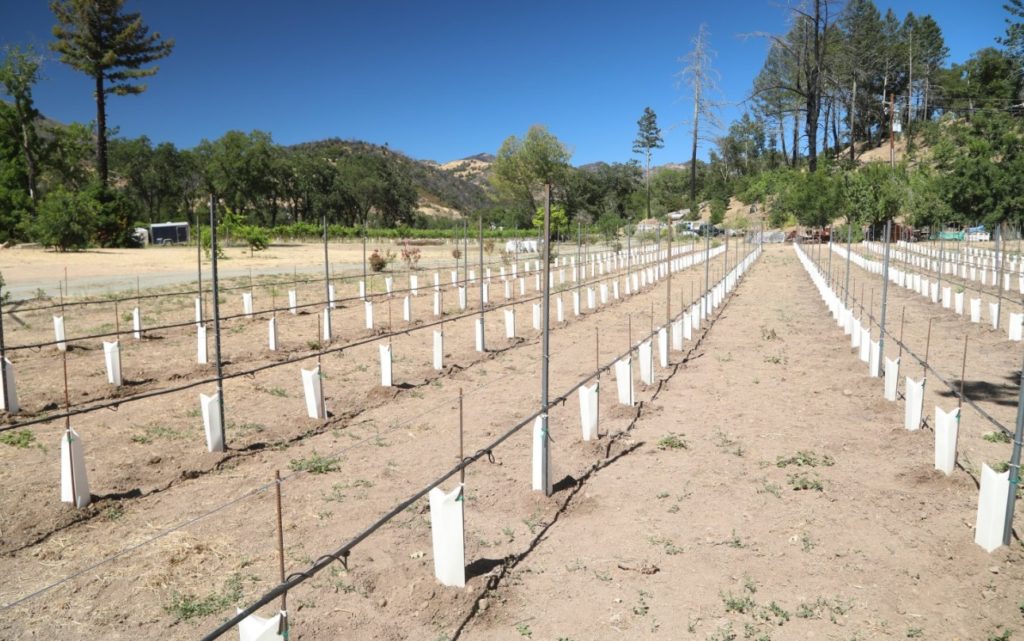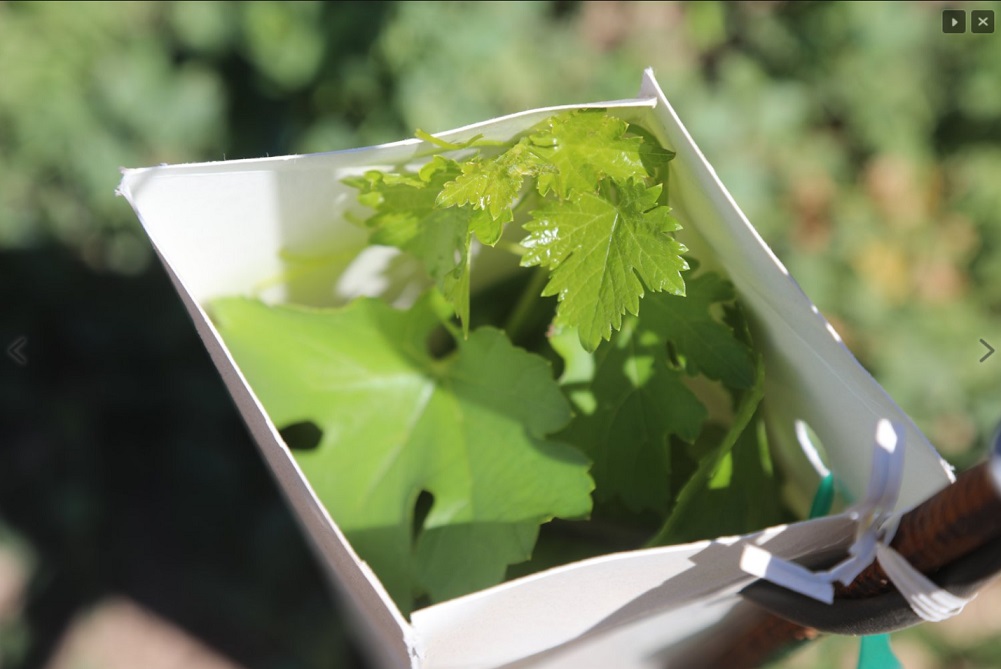
China’s wine trade is well-versed with Marselan given how many producers have taken to the grape with delicious results since it was introduced at the Sino-French Demonstration Vineyard, a joint China-France scientific project, just outside Beijing some 20 years ago.
Since then, Marselan has spread across China due to cuttings from Sino-French, now privately owned and named Domaine Franco-Chinois, and several waves of additional incoming rootstock.
What fewer people know is how widespread is Marselan. This cross of Cabernet Sauvignon and Grenache Noir, created by Paul Truel in France in 1961, is now commercially produced in over two dozen countries. And for those snooty about new grapes, it has also been approved for use in Bordeaux, one of six grapes given a green light in response to climate change challenges.

Enter Napa Valley. You don’t need to be in the wine business to know that California has major climate change-related problems, including drought and forest fires. Thus, it is no surprise that such a region is also looking at alternatives such as Marselan.
I received several heads ups about the grape recently. Evan Goldstein–who did a Marselan Q&A here–pointed me to this article in Wine Enthusiast. And David Thompson of Napa Wine Project, shared details of a Marselan tasting planned for Napa this month with 15 wines from 6 producers as well as efforts by Charles Johnston of Napa winery Helena View to establish this grape.

Thompson added that he and Johnston planted 413 Marselan vines at Helena View this May, with 200 more in the works. From the Napa Wine Project site:
“In fall 2020, Charles [Johnston of Helena View], with the help of Mario Tedeschi Vineyard Management Company, prepared the soil in a small section of the property to be planted in part to Marselan. The vineyard layout was conducted in May 2021 and the first 400 vines will go into the ground in late May that same year as bench grafts purchased from Sunridge Nursery in Bakersfield.”
(Few wineries have felt the brunt of the forest fires like Helena View, which lost its buildings, including the cellar, and a good portion of its vines in 2017.)
Thompson noted that the only other planting he knows in the valley is a 40-vine experimental block by John Caldwell of Caldwell Winery.

Thompson has some history with the grape, coming across it at Bodega Garzon in Uruguay. He visited Marseillan, the namesake town in southern France of Marselan, as well as the grape’s birthplace, the nursery at Domaine de Vassal. And he previously organized a tasting of Marselan, including brands from countries such as France and Israel. The results?
“Regardless of their origin, we noticed savory earthy notes throughout almost all the wines — the ones that had more oak were definitely more complex,” wrote Thompson. “The wines from France to varying degrees offered earthy, dark, somewhat tar-like notes on the palate. The wines ranged the gamut from not very interesting to more complex.”
The follow-up tasting this month, with fellow winemakers and industry experts interested in the grape, is another step in seeing if Marselan is a good fit for Napa Valley and the U.S. market.
“U.S. producers have been slow on the uptake of Marselan,” Johnston told me in an email. “I imagine that will change quickly now that, with limited vineyard and wine blend levels, the grape is permitted for use in Bordeaux blends. I believe we are the first to commercially plant Marselan in Napa.”
(Check out sibling site World Marselan Day for more on this grape.)

Sign up for the Grape Wall newsletter here. Follow Grape Wall on LinkedIn, Instagram, Facebook and Twitter. And see my sibling sites World Marselan Day, World Baijiu Day and Beijing Boyce. Grape Wall has no advertisers, so if you find the content useful, please help cover the costs via PayPal, WeChat or Alipay. Contact Grape Wall via grapewallofchina (at) gmail.com.
Leave a Reply
You must be logged in to post a comment.